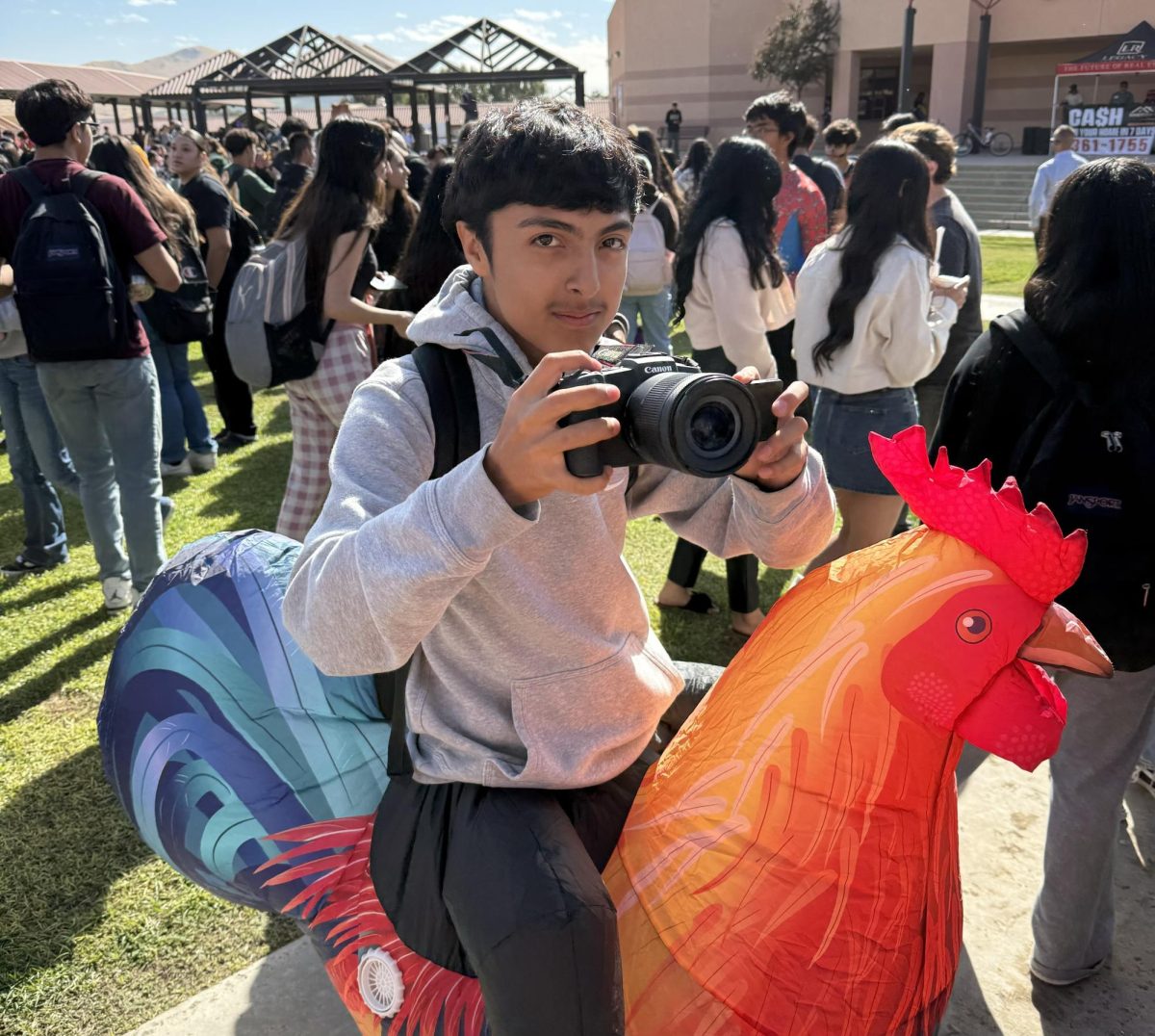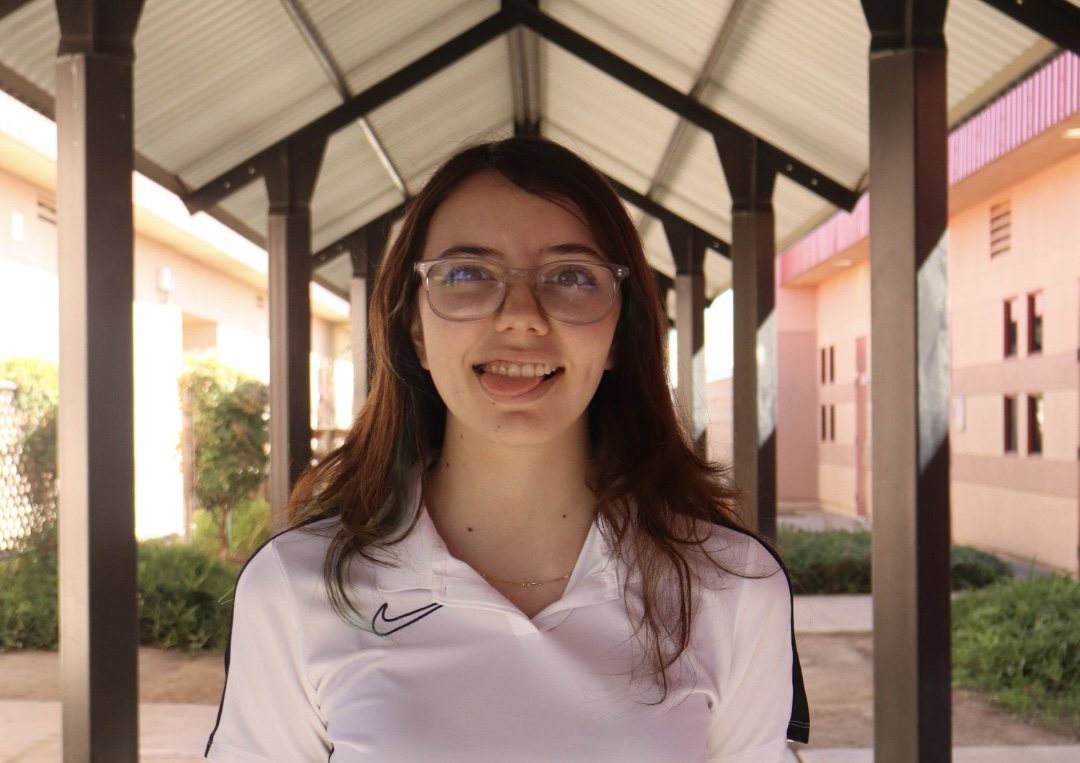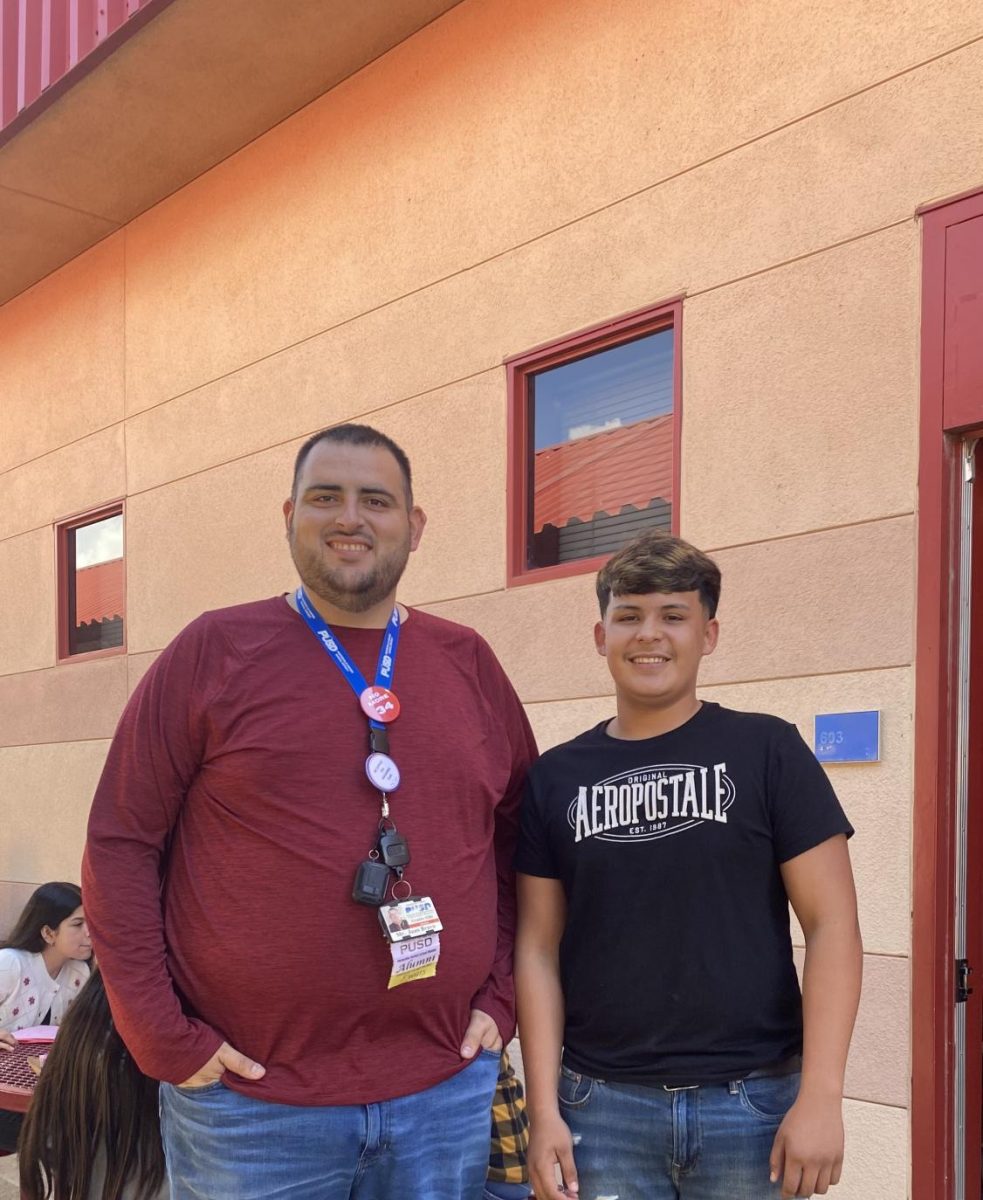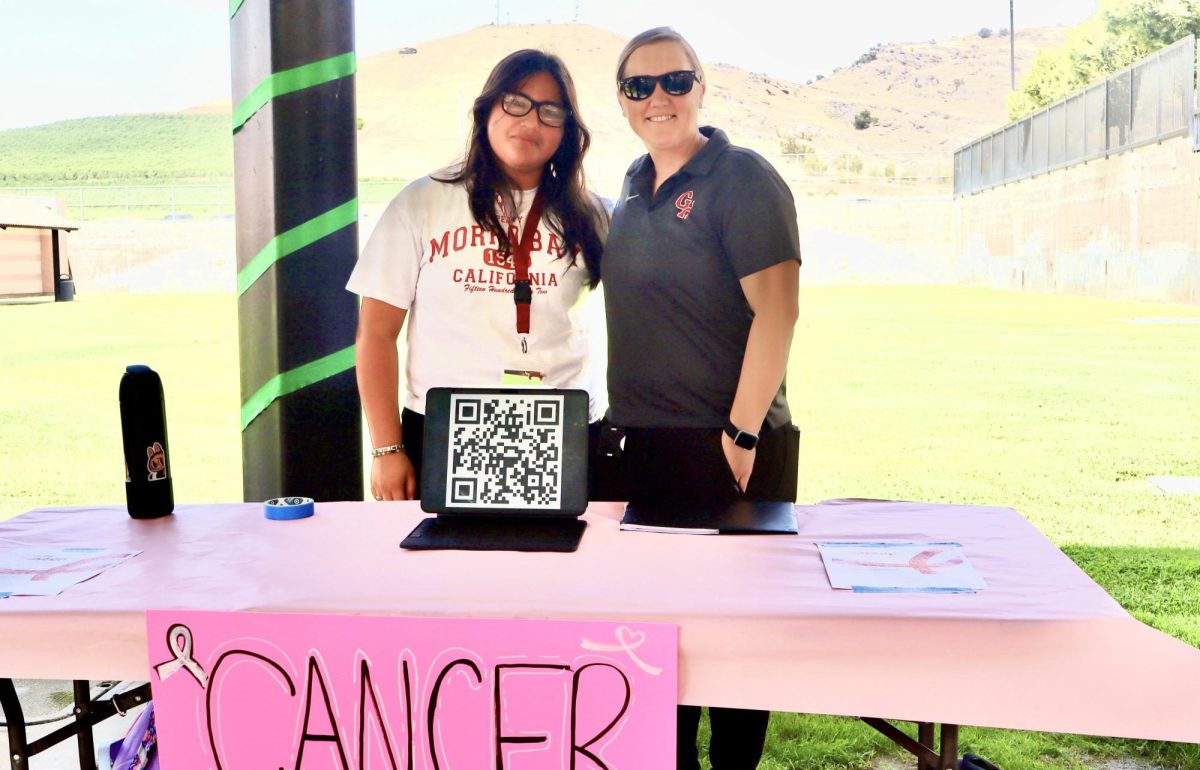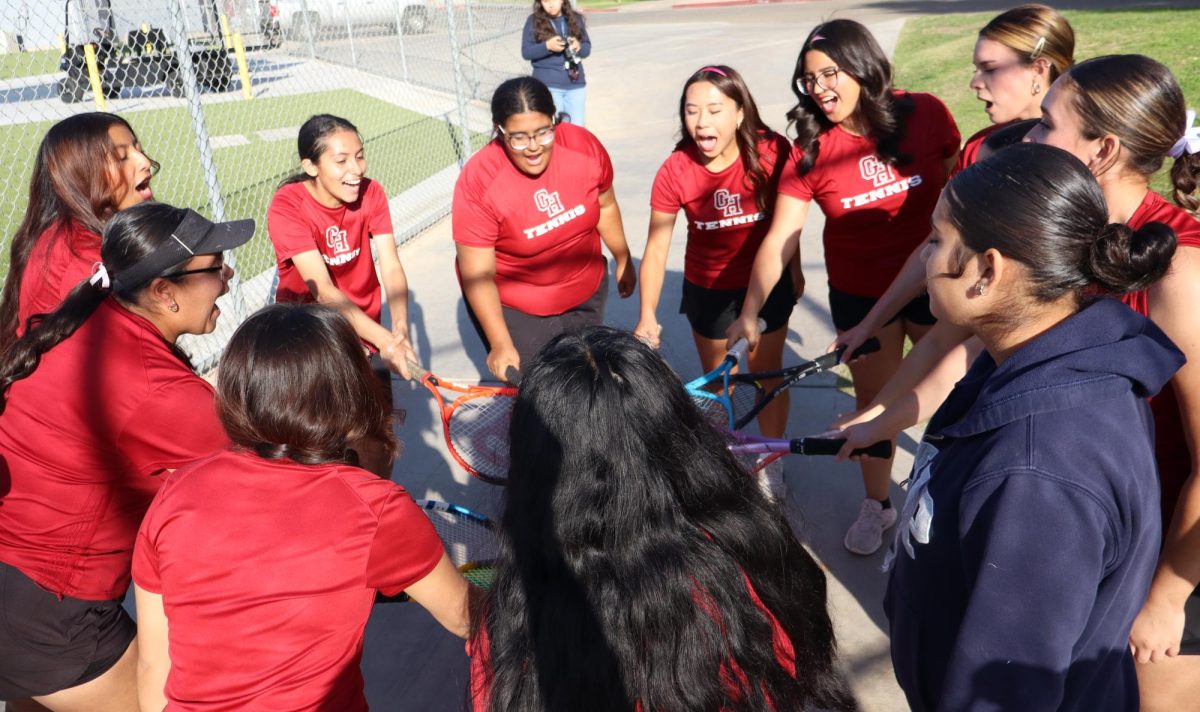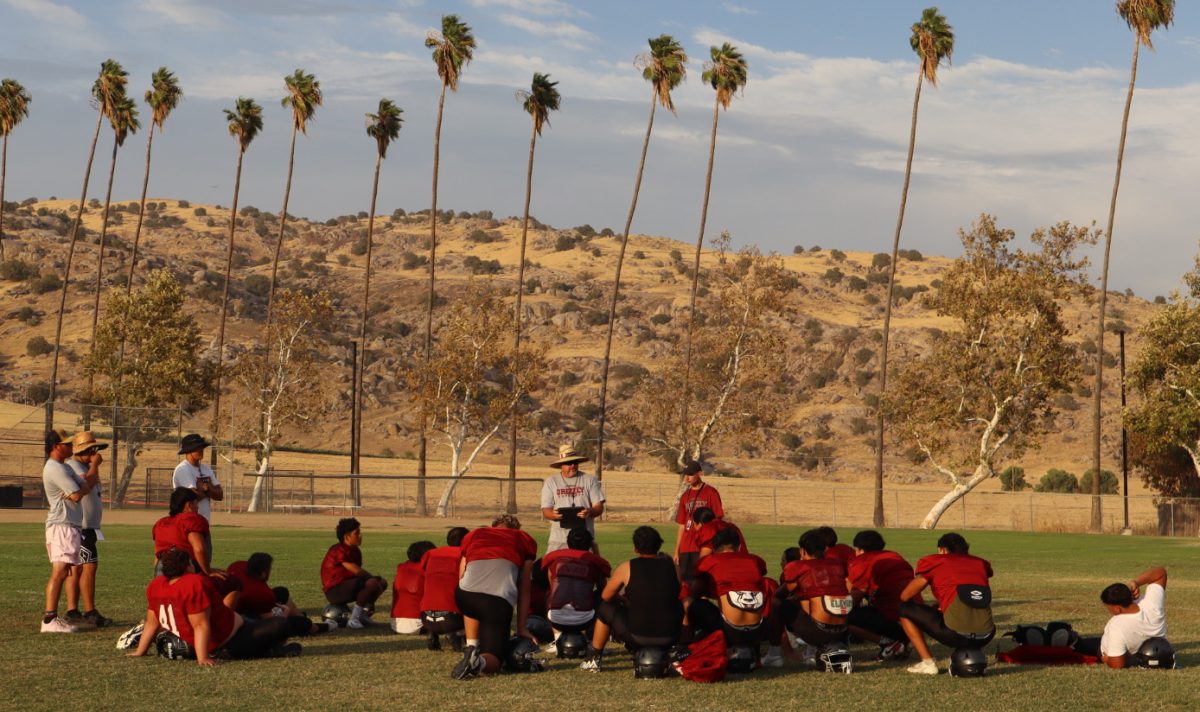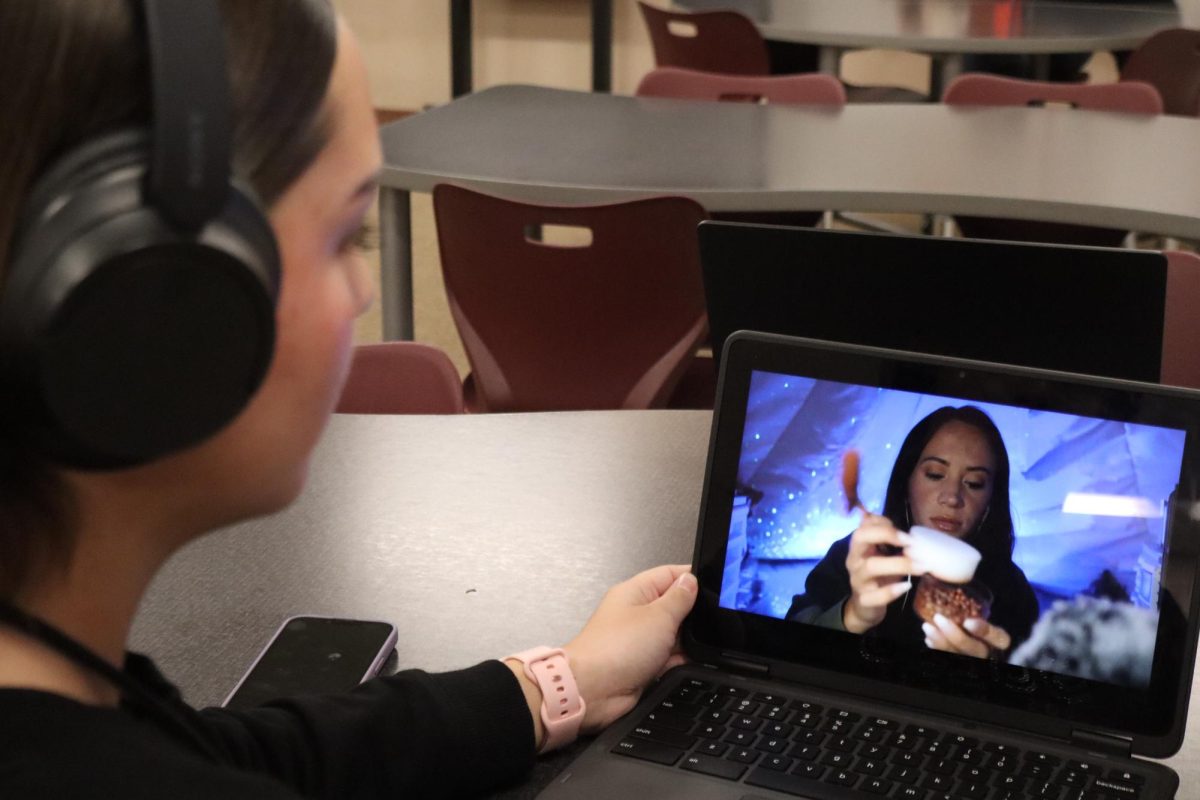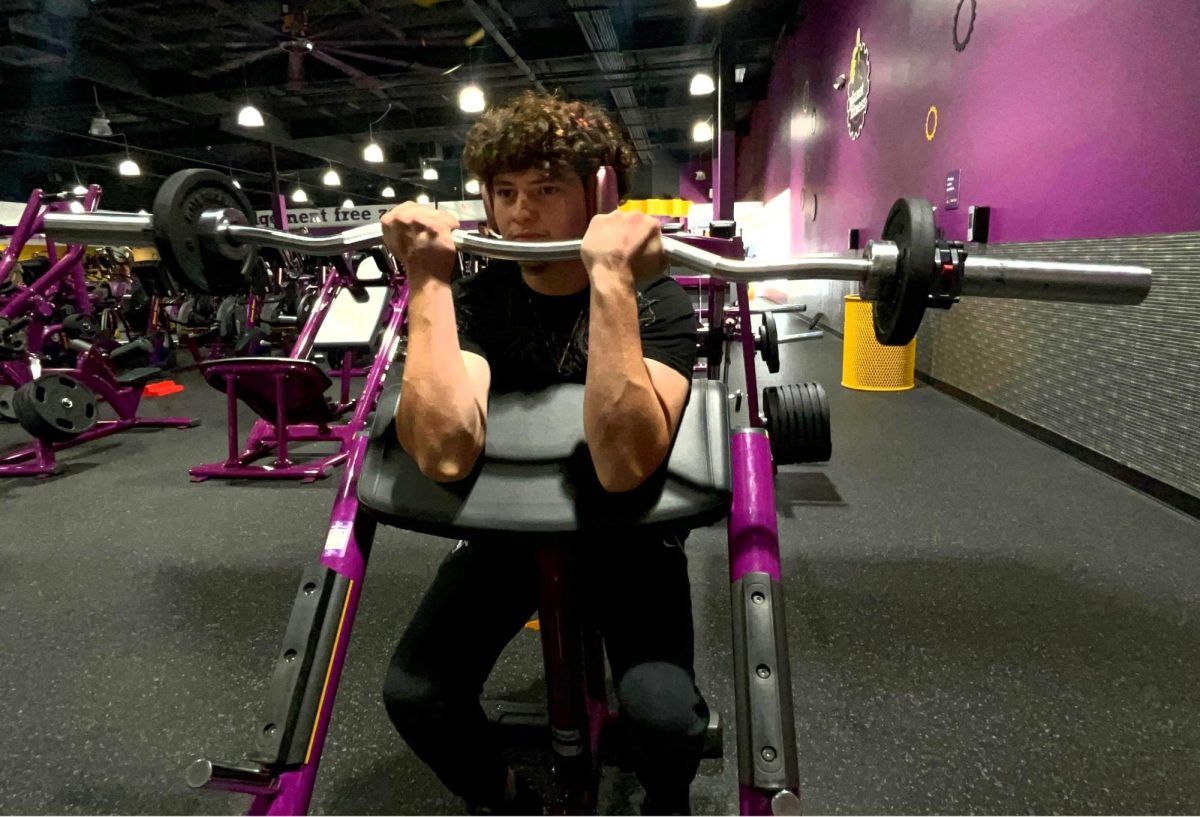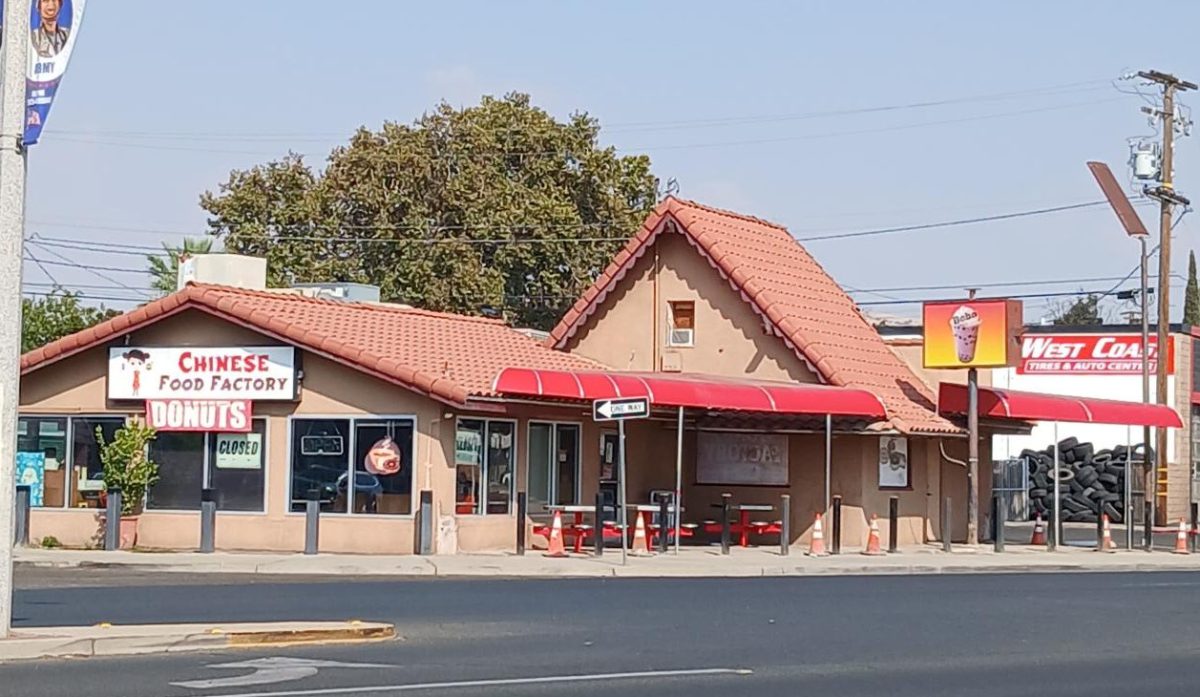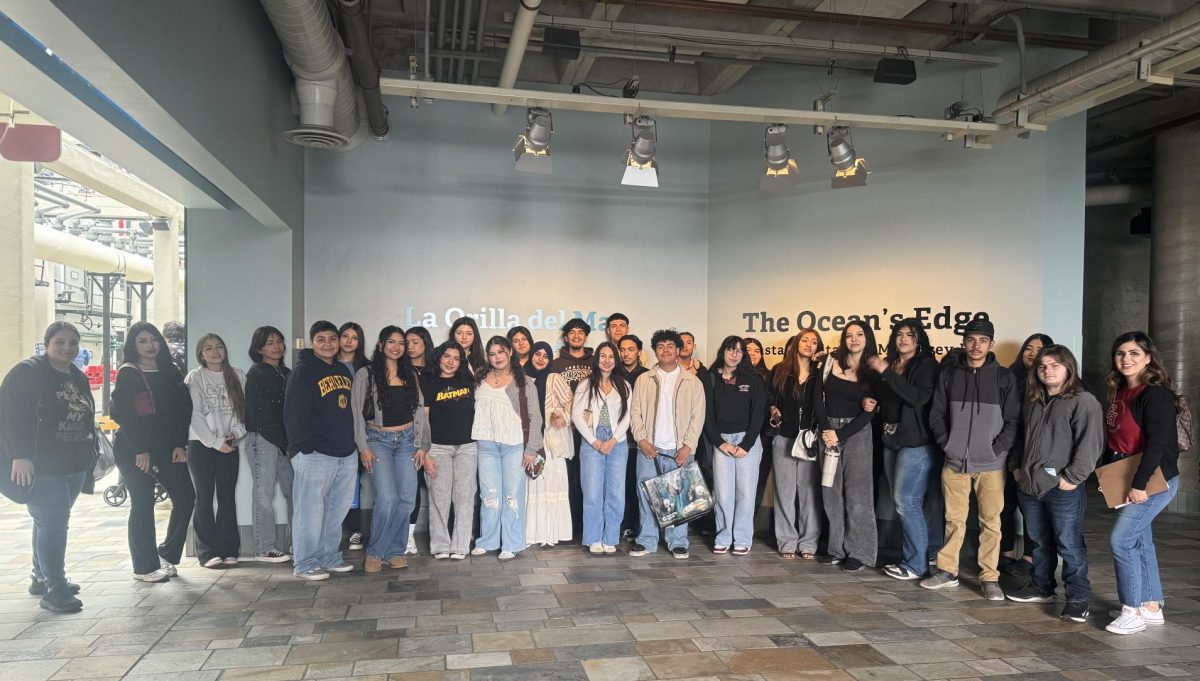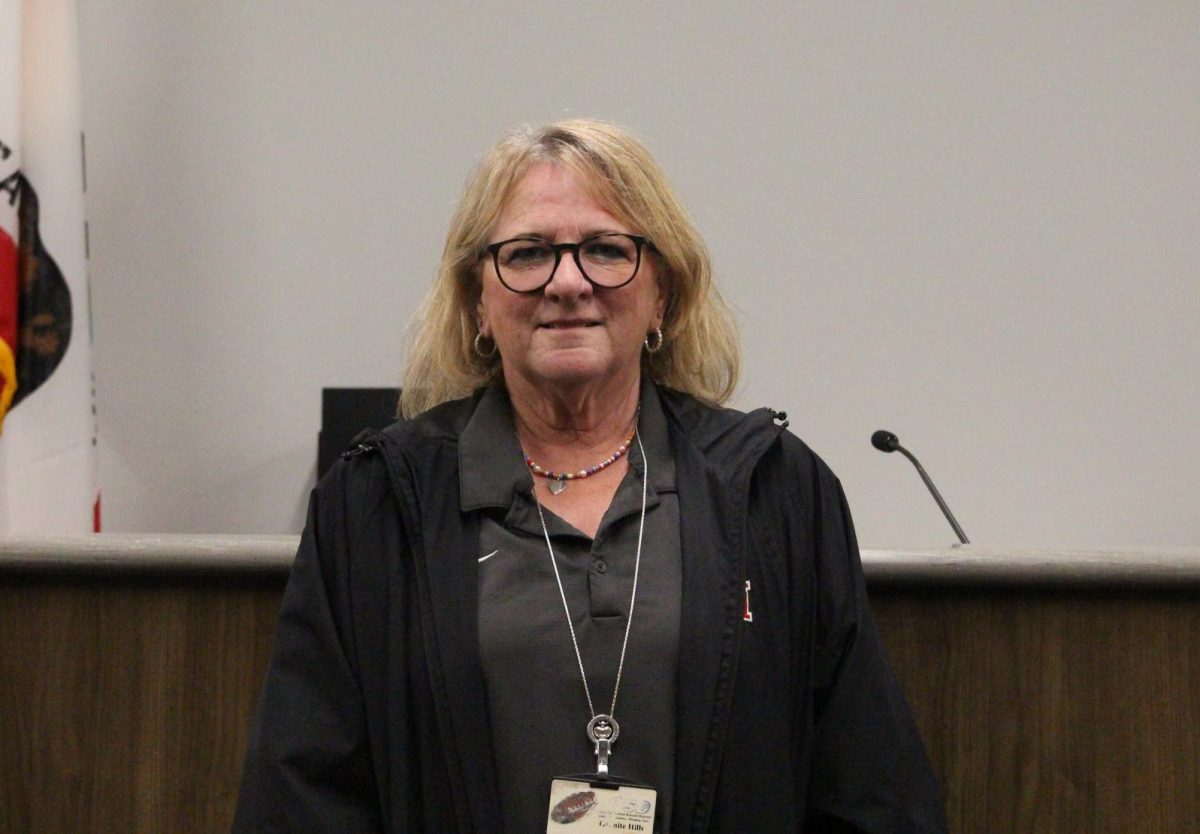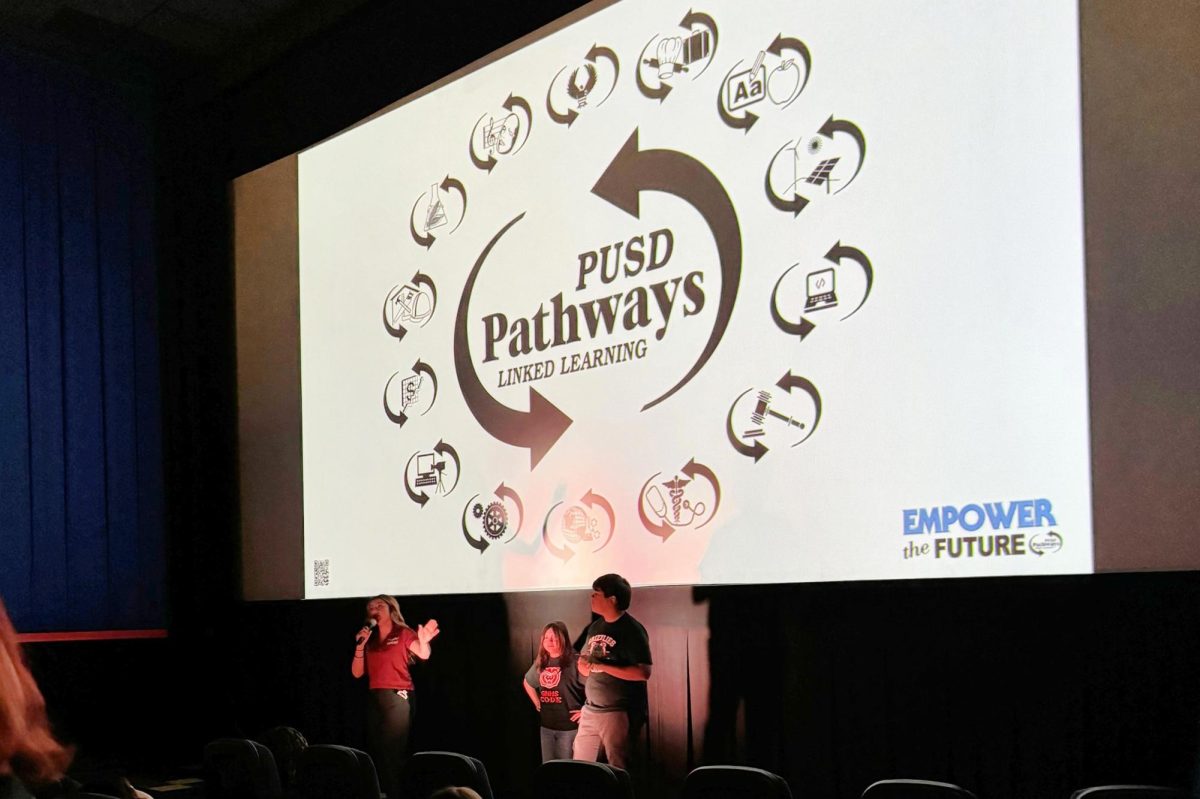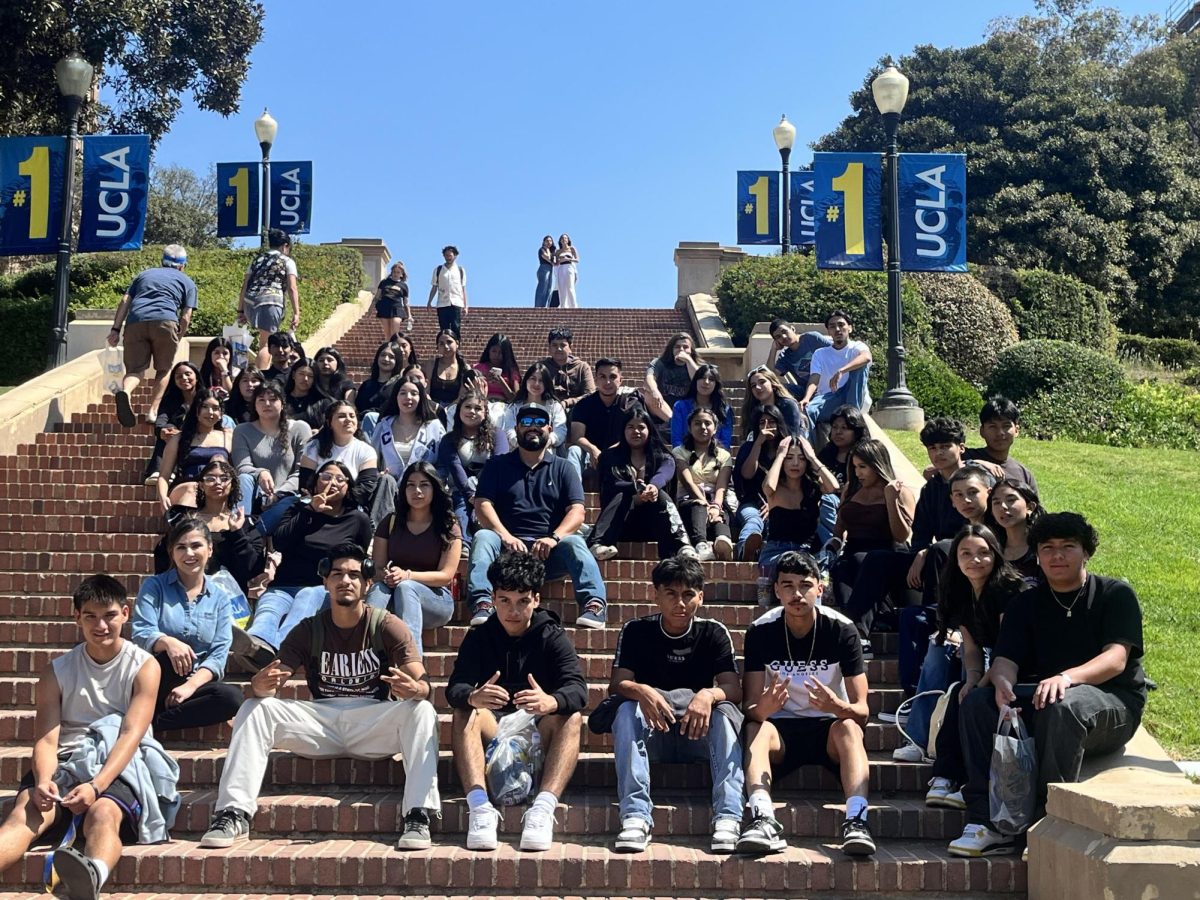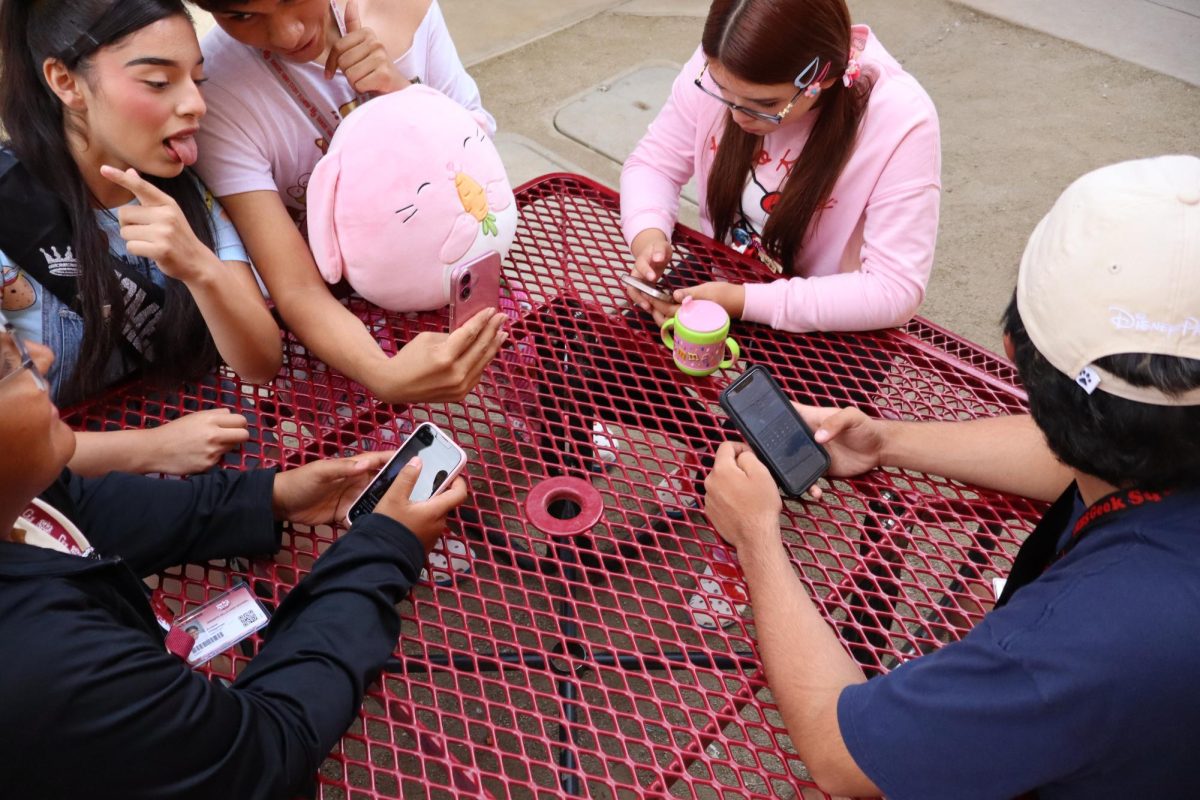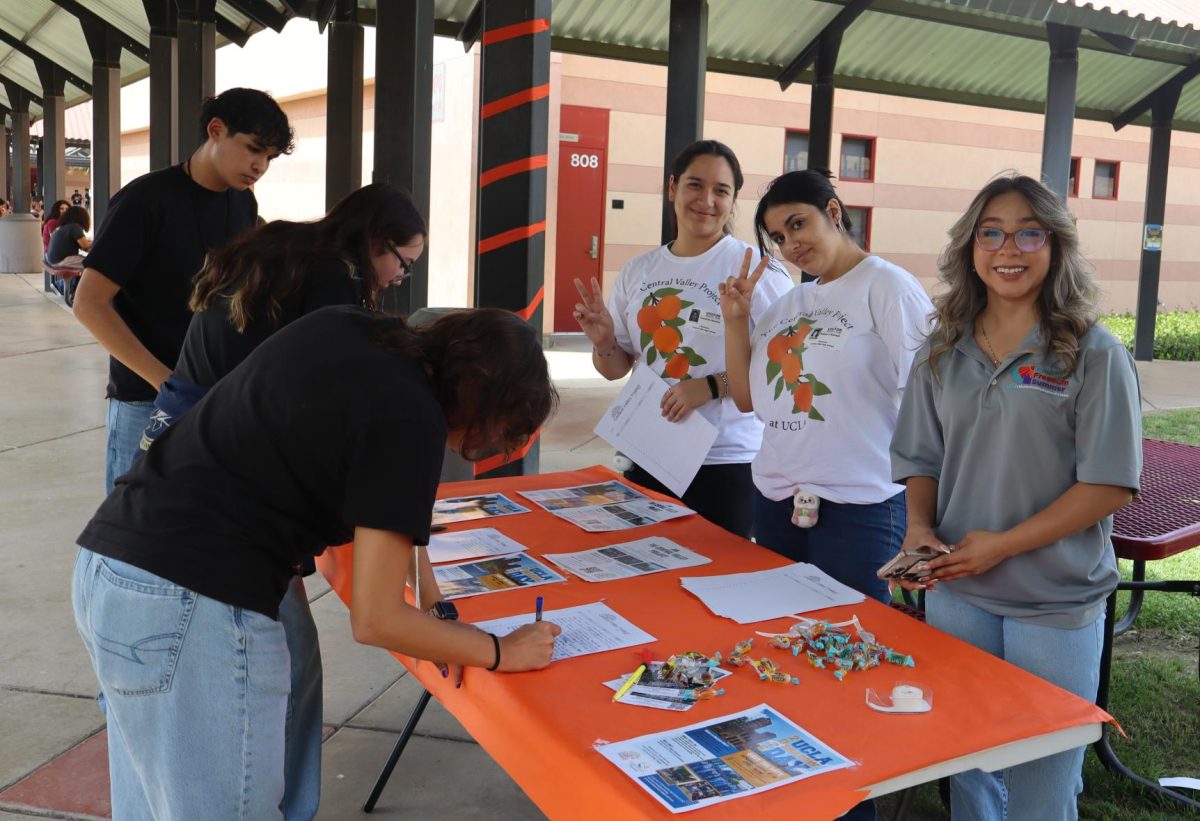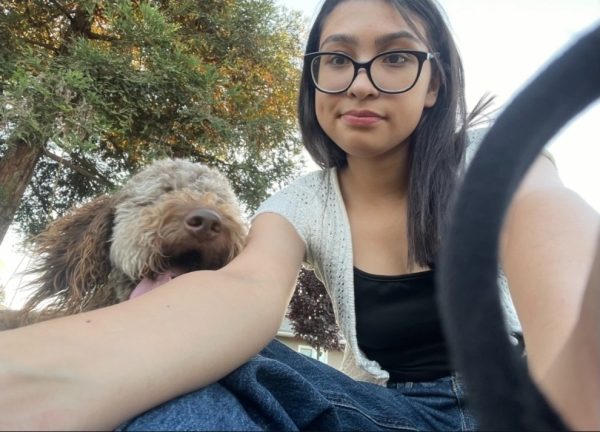Social media is a part of everyday life for teenagers, and it influences the choices they make every day. Social media can both have a positive and a negative influence on teenagers, depending on how it is used.
Some popular social media platforms teenagers use are TikTok, Instagram, Snapchat, Facebook, WhatsApp, and YouTube.
“I like to scroll through social media when I’m bored, so I wouldn’t really know what I do without it,” Granite Hills student Judith Garcia said.
Social media is a form of entertainment for many teenagers. Social media can also help create a sense of belonging. Teenagers can stay connected with their friends and family by using social media. Social media is also a place for teens to explore who they are. Many high school students use social media platforms like TikTok and Instagram to communicate with their friends. These platforms can be used to post and share stories. Most high school students use social media frequently.
“Social media can be a great place to connect with others and build opportunities, but it also has a lot of negativity online,” Granite Hills student Jazmine Contreras said. “Teenagers can easily be cyberbullied because it’s online.”
Social media is a place to express your creativity and make friends, but it can also be a place for new insecurities. Social media can expose teenagers to things like cyberbullying, sexual predators, and unrealistic expectations. Studies have shown that over the past years, mental health in teens has started to decline due to factors like social media.
Social media helps contribute to cyberbullying in many ways. Anonymity and easy access to technology help increase cyberbullying. Many teenagers face harassment and bullying on the internet.
Cyberbullying is using technology to target, embarrass, harass, and threaten another person. Cyberbullying can really ruin a teenager’s mental health and self-esteem. Today, Cyberbullying is one of the most frequent ways bullying takes place. It is so easy to go on the internet and harass someone because the bullies don’t physically confront their targets.
Cyberbullying can take place on social media, messaging platforms, and gaming platforms. According to the Pew Research Center, “Teenage cyberbullying statistics show that among middle and high school students in the U.S, 37 percent have experienced online harassment”.
Throughout the years, cyberbullying has rapidly increased.
Social media has also deeply affected teenagers’ sleep. The overuse of technology has impacted teens’ sleep routines. The overuse of screen time has led to a lack of sleep, which leads to poor academic performance. Sleep deprivation is not something that should be ignored. Lack of sleep in teens can negatively impact their physical and mental health, academic performance, and brain development.
Teenagers must get the right amount of sleep so they will be able to function properly. According to the National Library of Medicine, “Previous cross-sectional studies have consistently shown that the frequency of social media use is associated with several sleep problems among adolescents”.
“I love social media because it’s fun, but it also affects my sleep schedule,” Granite Hills student Celeste Chavez said. “I love using social media to communicate with my friends, but I see so many things that affect my mental health.”
Social media can be beneficial for students, and if not used properly, it can also be detrimental. Either way, social media is here to stay, so students must use it positively.
Here are some resources available to students who feel like they need help to overcome some of the pressures they feel from social media use:
- National Suicide and Bullying Prevention Lifeline – 800-273-8255 or Text/Dial 988
- National Mental Health Hotline – 866-903-3787
- Text Connect (Cyberbullying) 741741
